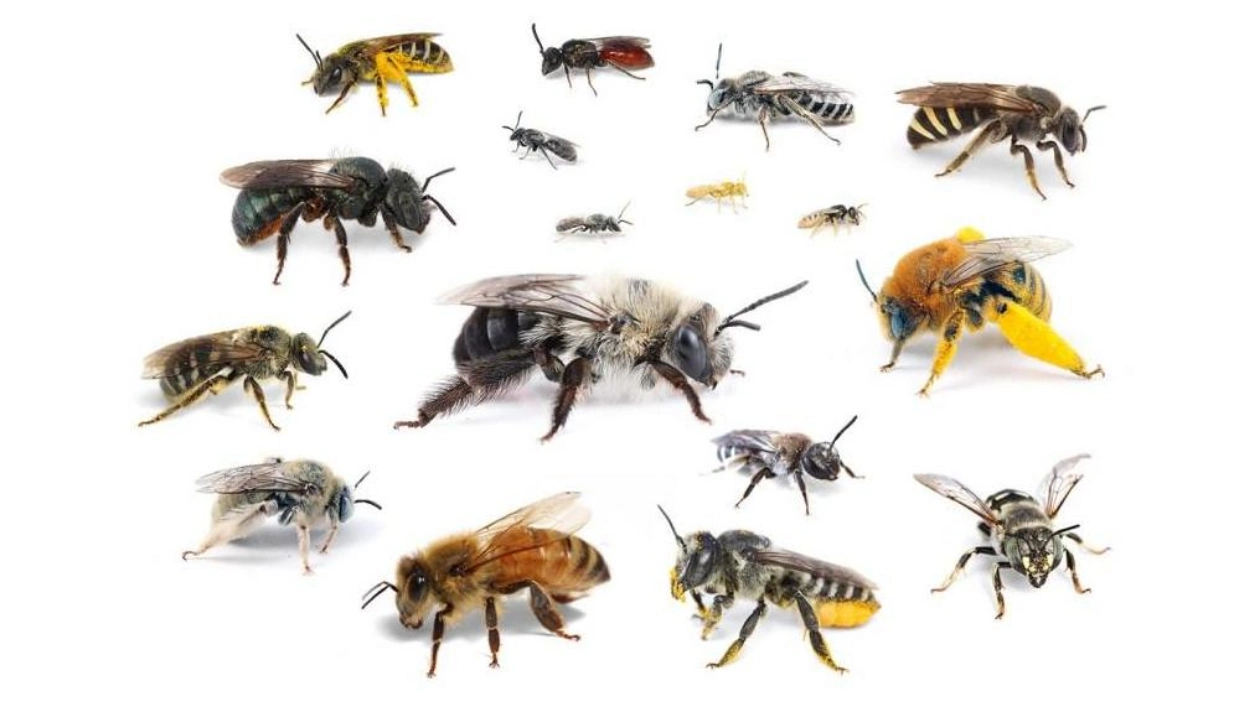A new study reveals that tens of millions of bees are likely being killed daily by vehicles in the western United States. Published online on November 7 in Sustainable Environment, this paper is the first to document how cars contribute to the widespread loss of bees, crucial pollinators for both wild plants and a third of the world’s crops.
Roads pose a dual threat to pollinators, explains evolutionary ecologist Joseph Wilson of the University of Utah in Tooele. While medians and shoulders provide space for flowering plants, they also bring insects closer to vehicles. Previous studies on the “insect apocalypse” have focused on forested landscapes and larger species, but bee diversity is highest in arid, open regions, where most bees are tiny, measuring just 2 to 25 millimeters.
Wilson and his team investigated bee deaths by attaching sticky paper to the bumpers of midsize vehicles and driving various road types during daylight hours when bees are active. They conducted 29 trips around Utah in spring and summer, covering over 9,334 kilometers, and identified bees killed down to the genus level. Each trip resulted in at least one bee fatality, with representatives from 14 genera. One car traveling between Salt Lake City and Moab might kill 50 to 175 bees, leading to an estimated several million fatalities daily based on traffic data from the Utah Department of Transportation.
Considering the millions of cars on Utah’s roads and similar trips in nearby states, the total estimate of bees killed daily in the region is likely in the tens of millions. Despite the simplified assumptions, Wilson emphasizes the seriousness of these findings: “Regardless of the exact number, whether it’s millions or billions, it’s a significant impact on bee populations.” He suspects the actual number might be even higher, as he always hit at least one bee during his drives.
The team suggests mitigating these deaths by planting healthy habitat along the sides of roads, but not in the medians, as bees typically avoid crossing roads unless there’s vegetation in the median.
Source link: https://www.sciencenews.org






